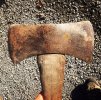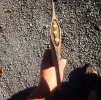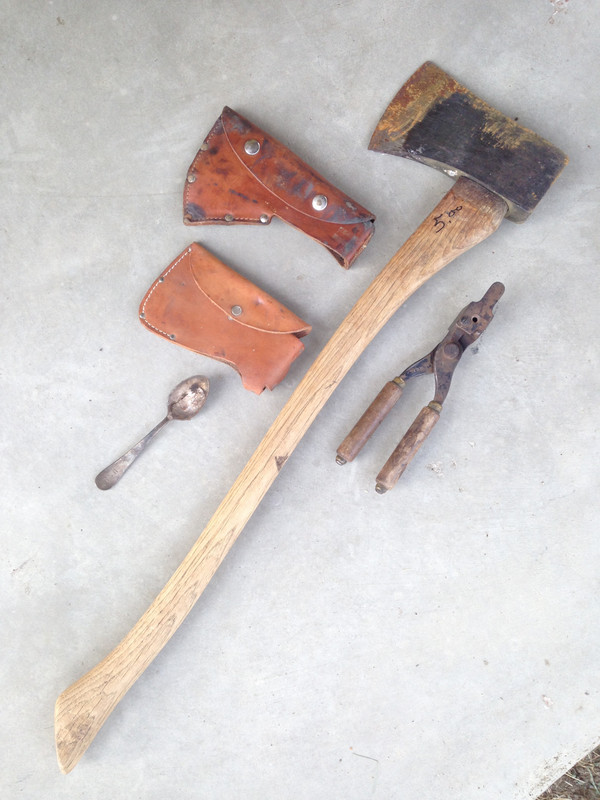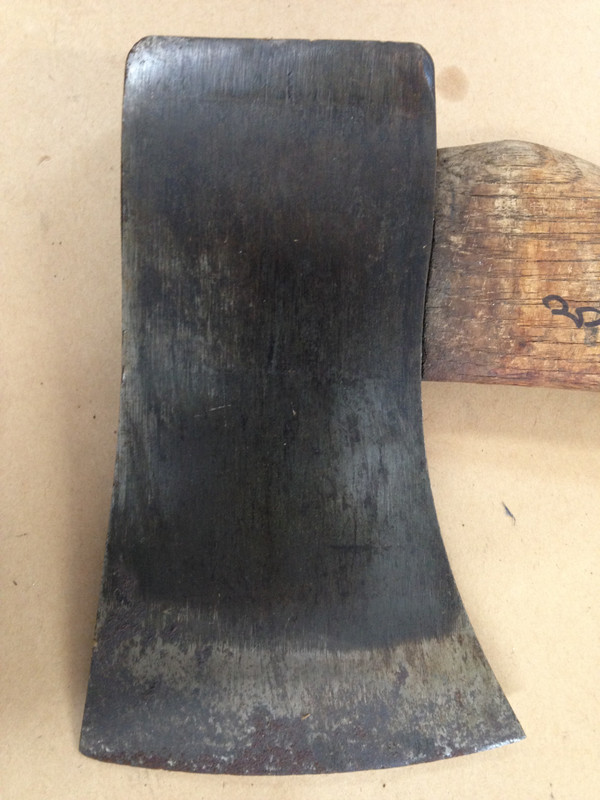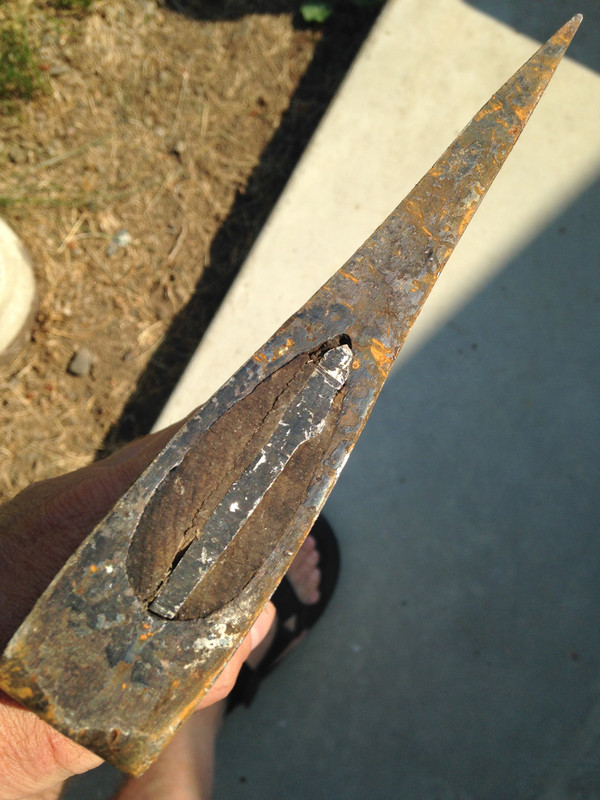- Joined
- Aug 21, 2013
- Messages
- 3,898
Some information on the log brands (10,000 of them) used in Oregon:
About Log Brands
Log brands are used to identify forest products. Forest products must be impressed with a registered log brand design when being transported on public highways of Oregon. There are currently over 3,500 registered log brand owners with approximately 10,000 log brands.
https://www.oregon.gov/ODF/Working/Pages/LogBrands.aspx
Thank you Steve, I didn't recognize A17's in the current pdf.
I don't have any literature to back up the following assumptions and questions on log branding hammers but for conversation's sake...
Some were specially cast and some were attached to existing tools (hammers, axes, etc.)
Some are single faced, some double faced.
Marks were/are applied to the bark and some to the ends of the log.
- Were there common differences in sizes for each marking? Example: are end marks smaller than bark marks? I've seen loads traveling with paint marks on them. I've also seen them with stenciled symbols or marks as opposed to an impress. Same function as a logging hammer?
When the branding is not renewed, can the previously registered markings be used by another company?
How many would an outfit need? Did the truck driver mark them/did they ride in the rig with him/her? Did the loader mark them at a landing or maybe before rafting up? Did your foreman mark them on the landing? Seems like you would want your timber limbed, cut to transport size, and prepped before you mark them - otherwise the markings would be cut off or messed up skidding them out.
The marks seem to correspond to text describing them as numbers and figures - for example, is A17's listed under "arrow" or "seven" or "33" as the lead description? (assuming that is a seven with an arrow attached to it on that one side)
With raised faces, after their marking duty completed or their registration is lapsed, they don't seem like they would make the best striking tools to use for other purposes unless the stamp was ground off. An axe with a brand attached certainly could still be used as an axe - a sledge hammer with such a face would make a mess of whatever it used on.
Let's say your company switches their brands or they lapse, how far from where they were used would they realistically wander. Current Internet sales would send them far and wide or if someone who was in possession of it and then they moved, it might end up somewhere else I guess. For example I have seen a couple locally with Weyerhaeuser markings (Square_peg has one attached to an axe if I remember correctly). Weyerhaeuser is known locally/regionally.
Would you want to destroy, lock them up, or decommission them after use - to keep others from otherwise marking their harvest (legal or illegal)? If poached timber was marked with your brand that leads back to you, does it pose some sort of liability?
Do all states require registered log branding for transport and acceptance?
If you or your outfit needs to register a logging brand, how would you know which ones were already in use? For example, the State of Oregon has a semi-current list of marks assigned to registrants. If there isn't a solid way to search for available patterns in use, does the registrant play a wait and see game with the State?
Ex. Applicant sends a fee, a written description, and a drawing of their logging brand to the State, only to receive a notice that says, "Sorry. That one is in use already or too close to a current one. Try again." Is there an official that one contacts to verify availability?
If A17's was found in CA, does California have a current list such as Oregon's to trace logging brands and facilitate the registration of new ones or track previously used ones. I ask this as I am curious but can't seem to find a resource as such online for The State of California. I haven't been able to navigate the gov pages with search terms I've used so far (I lack Steve Tall Magic).
Older/defunct records of logging brands may not be digitized for the internet.
I have seen references on Forestry forum sites stating one of the guys actually went to look at hard copies of records at a state library.
















